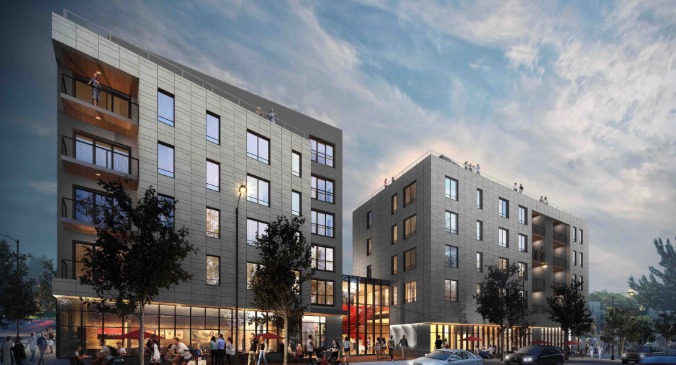This could be good news for apartment owners and operators, but many of these renters come with fiscal risk, or do they? The latest numbers suggest that high-barrier markets will continue to be fertile ground for hearty renters while growing secondary markets like Denver and Phoenix are beginning to fray.
The quarterly multifamily applicant risk (MAR) index provides national and regional scores on the potential risk of a resident’s future lease performance and is drawn from First Advantage SafeRent field data. A MAR index of 100 indicates that market conditions are equal to the national mean for the base period of 2004; greater than 100 indicates a reduced risk of default and less than 100 indicates market conditions with increased risk of default.
The MAR index is derived from First Advantage SafeRent’s statistical screening model — the multifamily industry’s only screening model that is both empirically derived and statistically validated. The model was developed from historical resident lease performance data to specifically evaluate the potential risk of a resident’s future lease performance. It generates scores for each applicant indicating the relative risk of the applicant not fulfilling lease obligations.
The lower the score, the riskier the applicant.
The Q2 national MAR index, including studios, one-, two-, three- and four-bedroom units, was 105. This is 5 percent over Q1 of this year, which confirms a trend of higher MAR index values during the traditionally high-traffic second and third quarters. When comparing applicants for one- versus two-bedroom units, the index is slightly lower for one-bedroom units at 105 compared to 106 for two-bedroom units in Q2.
Regionally, the Northeast continues to have the highest MAR Index with a value of 116 while the Midwest and South have the lowest MAR Index with a value of 102 this quarter.
By metropolitan statistical area (MSA), the leading decreases were found in Memphis, Tenn., Ark., Miss., Phoenix-Mesa, Ariz., and Denver- Boulder-Greeley, Colo., with decreases of 4, 5, and 6 points respectively. The MSAs with the leading increases were Chicago, Ill., Gary, Ind., Kenosha, Wis., N.Y., Northern N.J., Long Island, Conn., Pa. and Seattle-Tacoma-Bremerton, Wash. with increases of 3, 2 and 2 points respectively.
First Advantage SafeRent, Inc., a subsidiary of First Advantage Corporation (FADV), is a national provider of screening and risk management services to the multifamily housing industry. Through its offices in Rockville, Md., and support offices across the nation, First Advantage SafeRent offers a single source for resident screening services, renters insurance, automated lease and document generation, and property performance evaluation tools. The company serves over 39,000 properties, spanning 6 million apartments.
First Advantage Corporation provides innovative products and services that mitigate risk by helping businesses, non-profit organizations and government agencies make more informed decisions.
To receive the MAR index for your metropolitan statistical area, contact First Advantage SafeRent at marketing@ FADVSafeRent.com. Data is also available at the property and sub-market level.















